Tragedy at Dawn: Massive Chemical Spill in Downtown Hanoi, Forces Thousands to Evacuate Amid Chaos
Tragedy at Dawn: Massive Chemical Spill in Downtown Hanoi Forces Thousands to Evacuate Amid Chaos
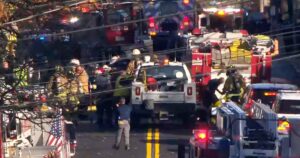
May 7, 2025 | Hanoi, Vietnam — In the early hours of Tuesday morning, downtown Hanoi was plunged into chaos following a catastrophic chemical spill that prompted the evacuation of over 20,000 residents and workers. The incident, described by officials as one of the worst environmental disasters in the city’s recent history, occurred just before dawn and has triggered a large-scale emergency response, paralyzing parts of the capital.
According to preliminary reports from the Ministry of Natural Resources and Environment, a tanker truck transporting industrial chemicals—believed to be a mixture of sulfur dioxide and other toxic substances—overturned near a warehouse facility on Tran Hung Dao Street in the Hoan Kiem District. The vehicle, operated by a subcontractor of a local manufacturing company, reportedly lost control during a turn, rupturing its container and releasing a dense, foul-smelling cloud into the surrounding area.
Residents living nearby awoke to what many described as a “burning stench” and experienced immediate symptoms including coughing, eye irritation, dizziness, and difficulty breathing. Panic quickly spread as the chemical vapor engulfed a several-kilometer radius, forcing people to flee buildings, abandon vehicles, and seek higher ground.
“I thought it was a gas leak at first, but then my throat started burning and I could hardly see,” said Nguyen Van Thanh, a resident who lives just two blocks from the spill site. “We grabbed whatever we could and ran. People were screaming, cars were stuck, and it was total confusion.”
Authorities responded within the hour, deploying hazmat teams, firefighters, and military units equipped with protective gear. By mid-morning, government officials had declared a state of emergency in central Hanoi, sealing off an exclusion zone covering approximately 10 square kilometers and setting up temporary evacuation centers at schools and sports arenas on the city’s outskirts.
Dozens of people, including emergency responders, were hospitalized due to chemical exposure. Hanoi’s central hospitals reported a surge in patients with respiratory distress and skin burns. As of Tuesday evening, no fatalities had been confirmed, but several individuals were in critical condition.
Minister of Health Tran Thi Lan addressed the nation in an emergency press briefing, stating, “This is a serious public health situation. We are mobilizing all available resources to treat those affected and to prevent long-term environmental damage.”
The source and legality of the chemical cargo are now under intense scrutiny. The company responsible, Phuong Minh Industrial Logistics, has been cited in the past for safety violations, raising questions about regulatory oversight and corporate accountability. A full investigation is underway, and the company’s CEO has been summoned for questioning by Hanoi’s Public Security Bureau.
Experts warn that the environmental impact could be significant and long-lasting. Soil and water samples from the surrounding area are being analyzed for contamination, and environmental groups have already sounded alarms about potential harm to the Red River, which runs near the spill site.
“This isn’t just a public safety crisis—it’s an ecological one,” said Dr. Le Quang Minh, an environmental scientist from the Vietnam Academy of Science and Technology. “Chemicals like these can seep into the groundwater and impact food and water supplies for years.”
As night falls over Hanoi, the evacuation continues, with families displaced and neighborhoods eerily empty. The government has urged all citizens in affected areas to stay indoors or seek shelter until the all-clear is given, though it remains unclear when the situation will be fully contained.
Prime Minister Pham Minh Chinh has called for a full review of national chemical transportation protocols and pledged swift action to prevent future disasters. “The safety of our people must come first,” he stated in a televised address. “We will hold those responsible accountable.”
The nation—and much of the world—is now watching closely as Hanoi confronts this tragic chapter. The days ahead will be critical, not only for recovery and accountability but for the lessons it may teach about urban safety, environmental regulation, and the fragile balance between progress and precaution.
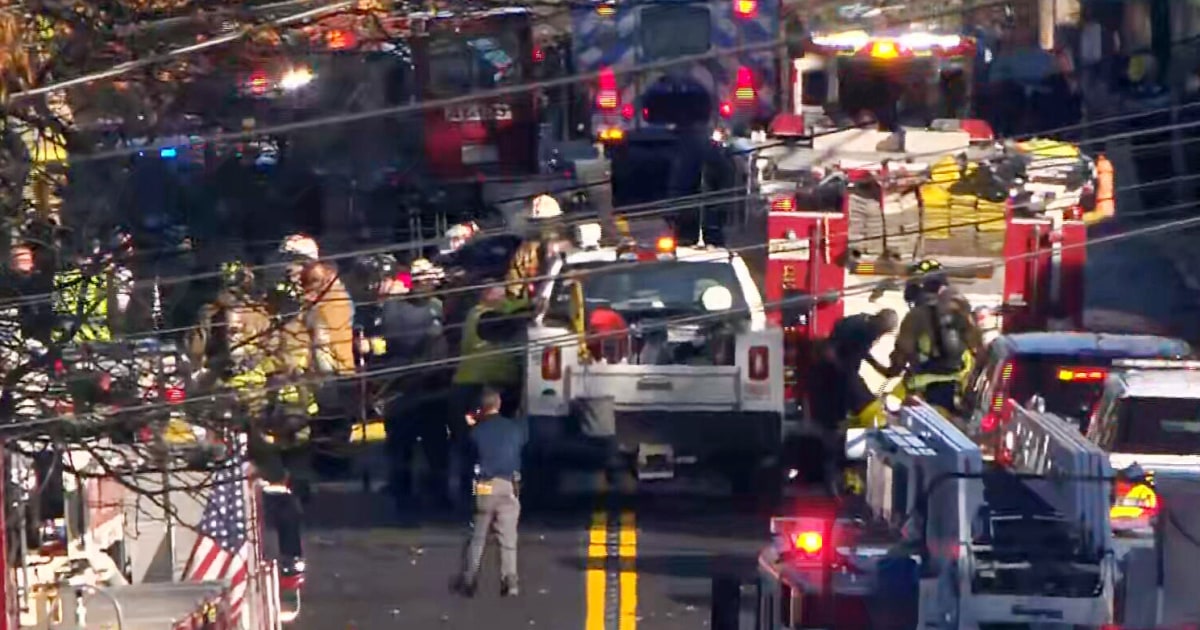



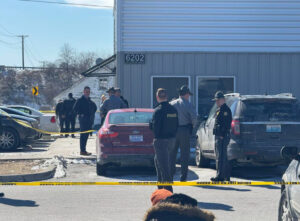

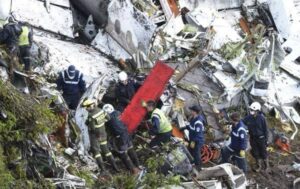
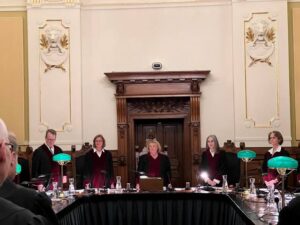

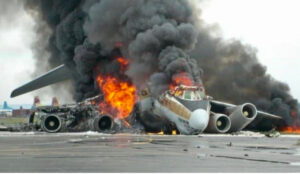
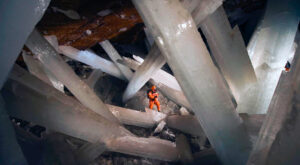


Post Comment